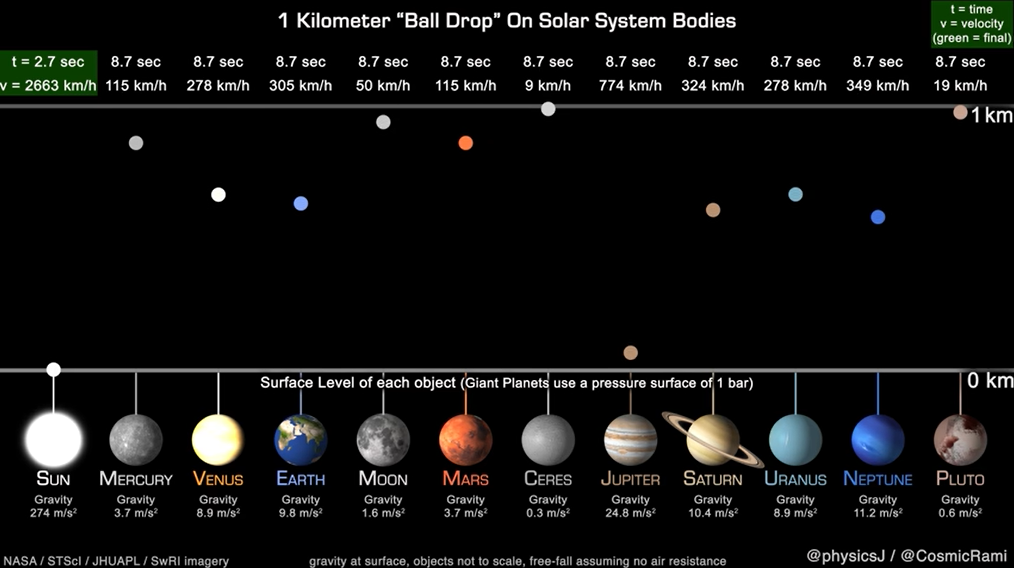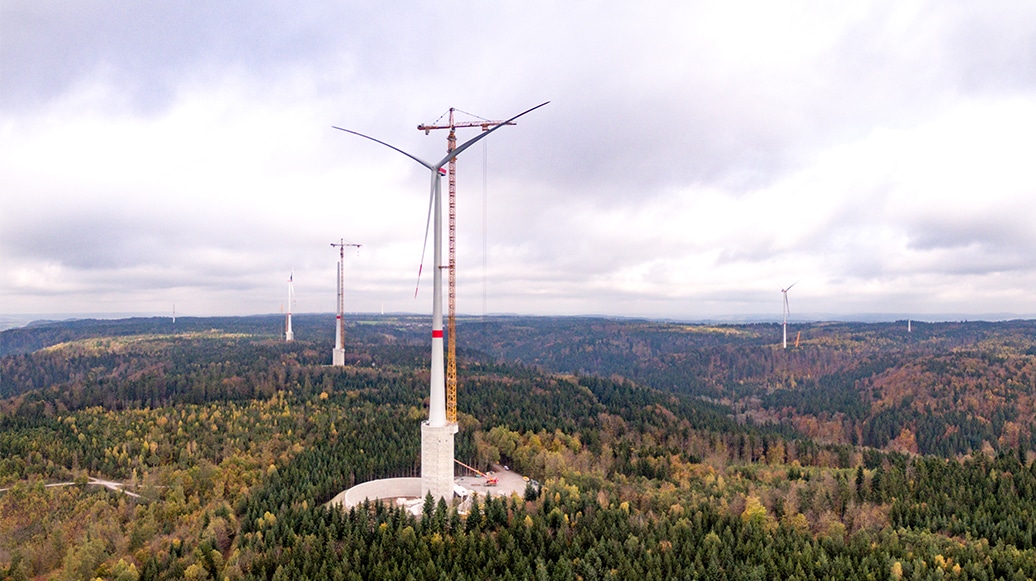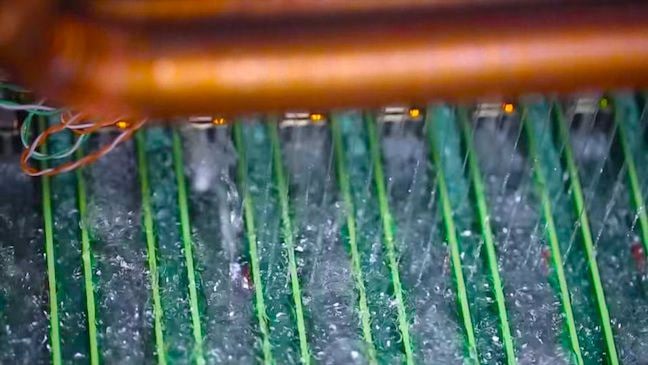
Gravity Alters the Dynamics of a Phase Transition
What do magnets and decaf coffee have in common? Both involve physical systems that belong to the same “universality class.” Ferromagnetic materials are used to make magnets, and supercritical carbon dioxide extracts caffeine from coffee beans. At the critical point, when ferromagnetic and liquid–gas phase transitions occur, these two systems are described by the same critical exponents [1]. By identifying a system’s universality class, one can quantitatively characterize its behavior at the critical point without prior knowledge of microscopic details. Observing macroscopic properties suffices. However, taking that shortcut is often experimentally challenging, not least because many interesting systems are opaque to light. Now Raphael Saiseau of the University of Bordeaux in France and his collaborators have devised an ingenious experiment that enabled them not only to follow a phase transition but also to uncover the subtle and surprising effect of gravity on its dynamics [2].
When a homogeneous phase is suddenly brought into an out-of-equilibrium state across a critical point, the system enters a broken-symmetry phase. The ensuing phase separation progresses via the irreversible nucleation and expansion of domains of one phase into another. In these systems, the time needed to relax to thermodynamic equilibrium diverges such that equilibrium is never truly achieved. Instead, a distribution of domain sizes is produced with a typical length scale that grows over time. This phenomenon is called domain coarsening and results in scale-invariant domain growth.





















